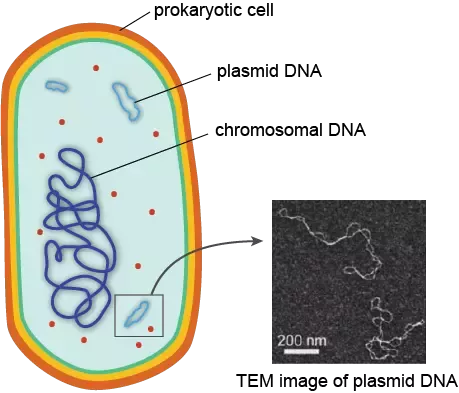Biotechnology involves genetic engineering, which in nothing but transferring gene from one and inserting them into another species. Biotechnology has seemed to have improved the conditions of living, yet with all its promises it has its wide disadvantages too.
Advantages:
- Higher crop yields.
- Higher resistance to diseases.
- Less pesticide is needed to be used due to insect pest resistant plants.
- GMO crops last longer. This decreases the amount of wasted crops and foods.
- Reduced energy needs to produce GMO crops.
- Decrease in costs of growing and farming, due to the reduced use of pesticides. Farmers have more income, which they could spend on such things as, for example, the education of their children.
- More economically friendly as pesticides do not go into the air, soil, and water (especially freshwater supplies). Their production hazards to the environment also decreases.
- In the corn market, Monsanto’s triple-stack corn which combines Roundup Ready 2 weed control technology with YieldGard Corn Borer and YieldGard Rootworm insect control.
- Less starvation in the world due to decreased food prices.
- More nutritious. This has been proven and tested many times.
- Creation of “super foods” due to better knowledge. Super foods are types of food that are cheap to produce, grow fast in large quantities, highly nutritious.
- New products. For examples, scientist identified the gene responsible for caffeine in coffee beans; by excluding this gene, decaffeinated coffee beans can be grown naturally.
- Reduction of sicknesses and illnesses, as GMO crops are more nutritious. Vitamins and minerals can be provided to children and to people, where they were inaccessible before (i.e.: the world’s poorest and/or most secluded areas).
- Developments of new kinds of crops that can be grown at extreme climates, for example, dry or freezing environments (like deserts). For example, scientist developed a type of tomato that grows in salty soil.
Disadvantages:
Ramification to human health
Human Breast Cancer: GMOs in our food allows for greater herbicide and pesticide used over time many of which are known endocrine disruptors. The Breast Cancer Fund has released a publication, “State of the Evidence” that connects environmental toxins to breast cancer. Some of the pesticides that they identified as causing mammary glands include propazine, cyanazine, chlordane, methhyl bromide, malathion, and 2,4-D.
Lung cancer: From the chemical-lined bag to the actual contents, microwave popcorn is at the center of lung cancer debates around the world. Not only are the kernels and oil likely GMO (which the manufacturer does not have to disclose), but the fumes released contain diacetyl, which is toxic to humans.
- Spread of new, more resistant "super weeds”. Spread of new, more resistant "super pests". Major trading countries that obtain most of the benefit from the production and trade of genetically modified crops. This might cause more geopolitical conflicts.
- Possible damages to the environment.
- Additional costs of labeling whether products are GMOs or not. This might increase costs of foods.
- Widening corporate size gaps between food producing giants and smaller ones. This might cause a consolidation in the market: fewer competitors increase the risk of oligopolies, which might increase food prices.
- Larger companies might have more political power. They might be able to influence safety and health standards (example: less stringent regulations, standards and requirements).
- Harm to other organisms. For example, genes and their effect included in a crop may turn out to be poisonous to insects (monarch butterfly poisoned by GMO corns).
- Cross-pollination with traditional, organic plants. Cross pollination can occur at quite large distances. New genes may also be included in the offspring of the traditional, organic crops miles away. This makes it difficult to distinguish which crop field is organic, and which is not, posing a problem to the proper labeling of non-GMO food products.
- Allergies may become more intense, and also, new allergy types may develop.

